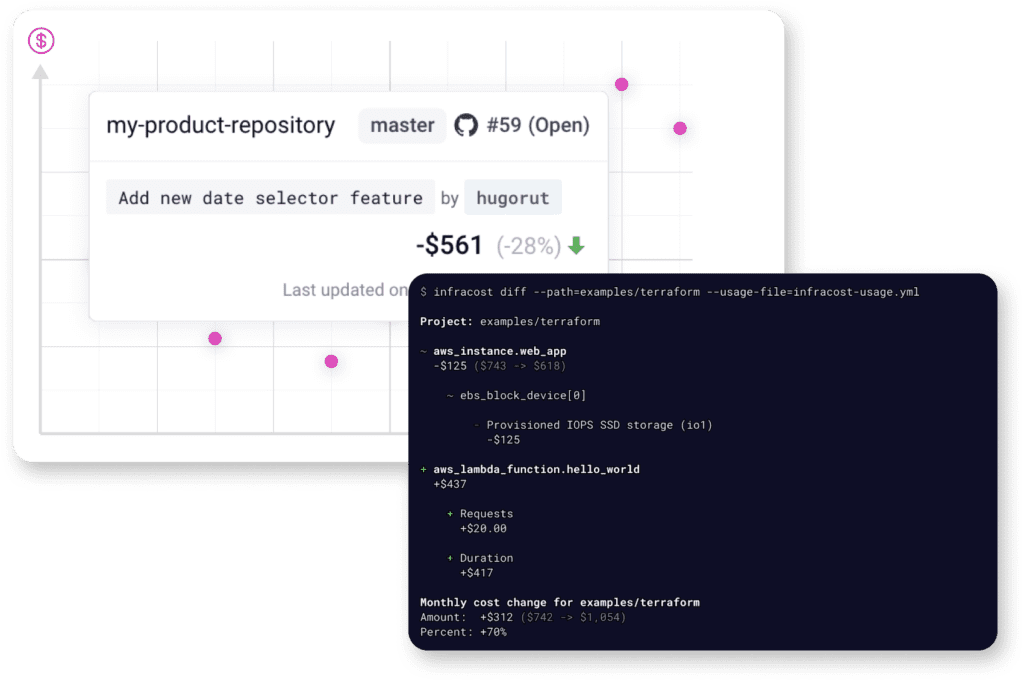Understanding AWS in the Context of FinOps
Amazon Web Services (AWS) stands as a dominant player in the cloud industry. For many businesses leveraging the cloud, understanding AWS cost structures and optimization is pivotal in FinOps strategy.
What is AWS?
AWS, or Amazon Web Services, is a subsidiary of Amazon providing on-demand cloud computing platforms and APIs to individuals, companies, and governments. AWS’s vast suite of tools and services allows for a wide range of cloud-based solutions, from computing power and storage options to innovative machine learning services.
AWS and FinOps: Cost Management
Managing costs on AWS requires an understanding of the platform’s unique pricing models and services. AWS offers a plethora of tools and features, like AWS Cost Explorer and AWS Budgets, to monitor and control expenses.
Key FinOps practices for AWS include right-sizing resources, selecting appropriate pricing models (like on-demand, reserved, or spot instances), and monitoring unused or underutilized resources.
Benefits of AWS for FinOps
AWS provides granular data on resource usage and costs, allowing FinOps teams to dive deep into expenses and identify optimization opportunities.
With AWS’s extensive toolset and well-documented best practices, businesses can automate cost governance, set up effective alerts, and integrate cost management into their processes.
Many companies choose to use 3rd party tools and service to manage their cloud costs.
Conclusion
AWS, with its broad range of services and cost structures, presents both opportunities and challenges for FinOps professionals.
With diligent management, continuous monitoring, and the leveraging of AWS-native tools and 3rd party tools, organizations can effectively manage their cloud expenditures and maximize the Return on Investment (ROI) from their AWS deployments.
Shifting FinOps Left 👈
Put cloud costs in engineering workflows, and see the cost of upcoming code changes before resources are launched.

